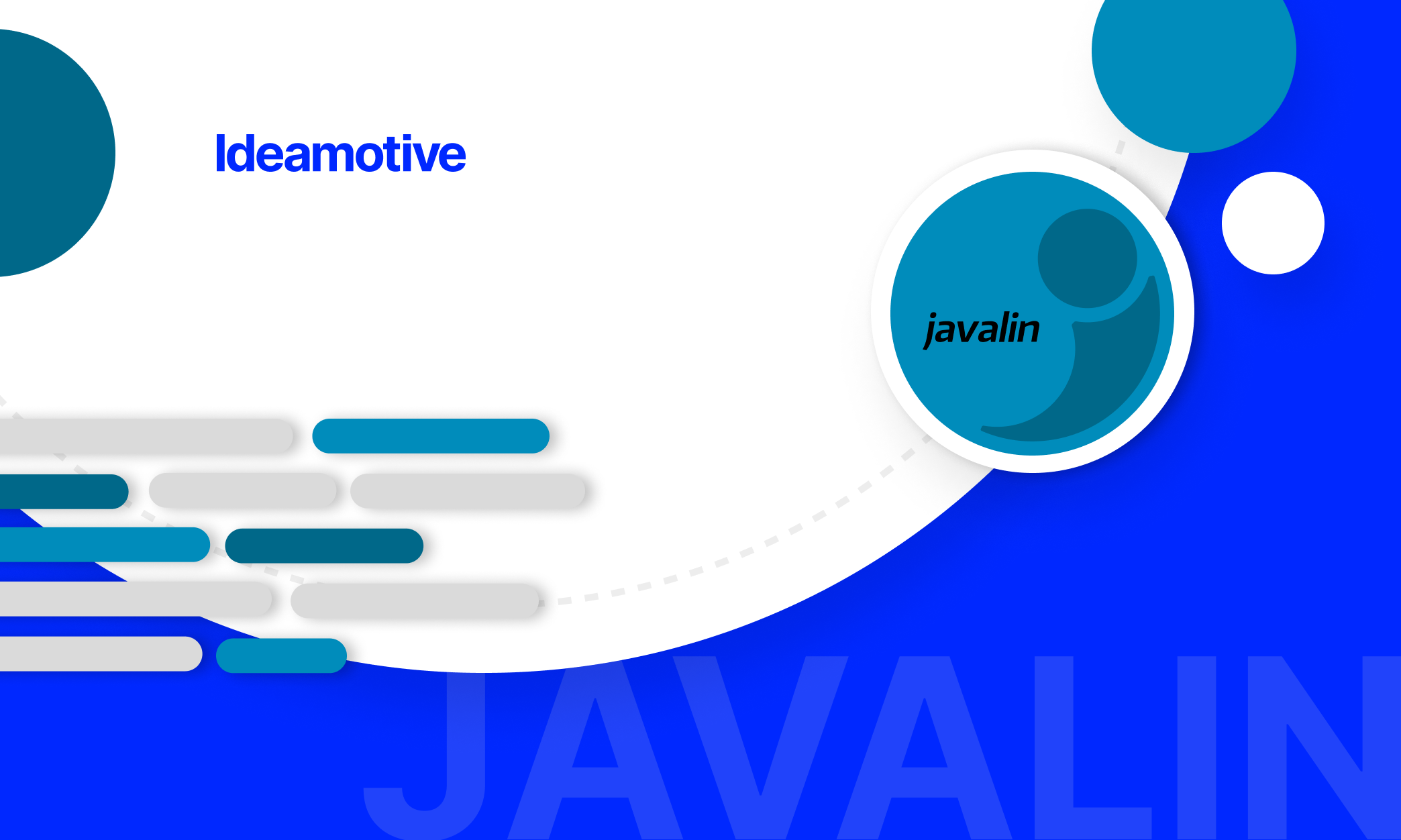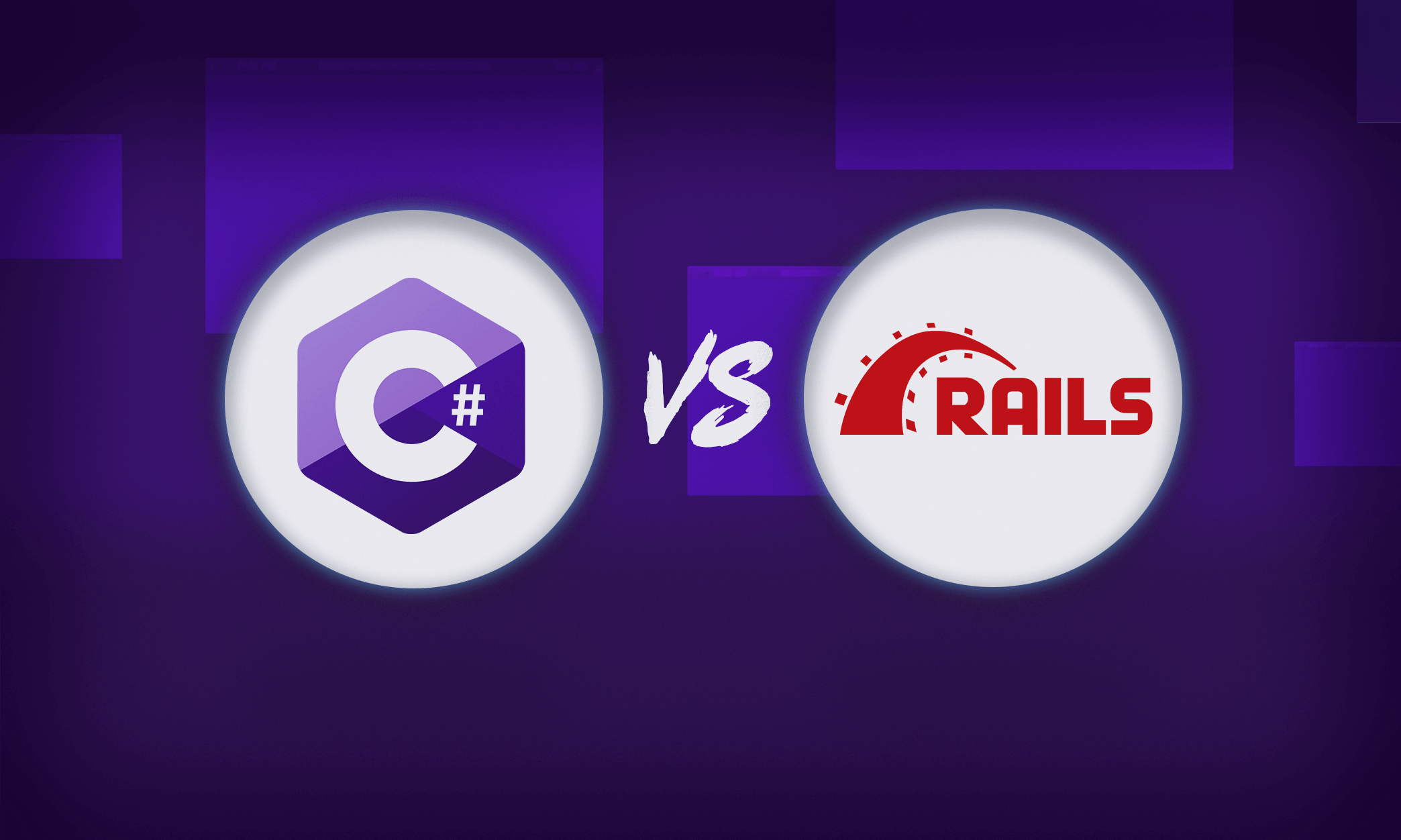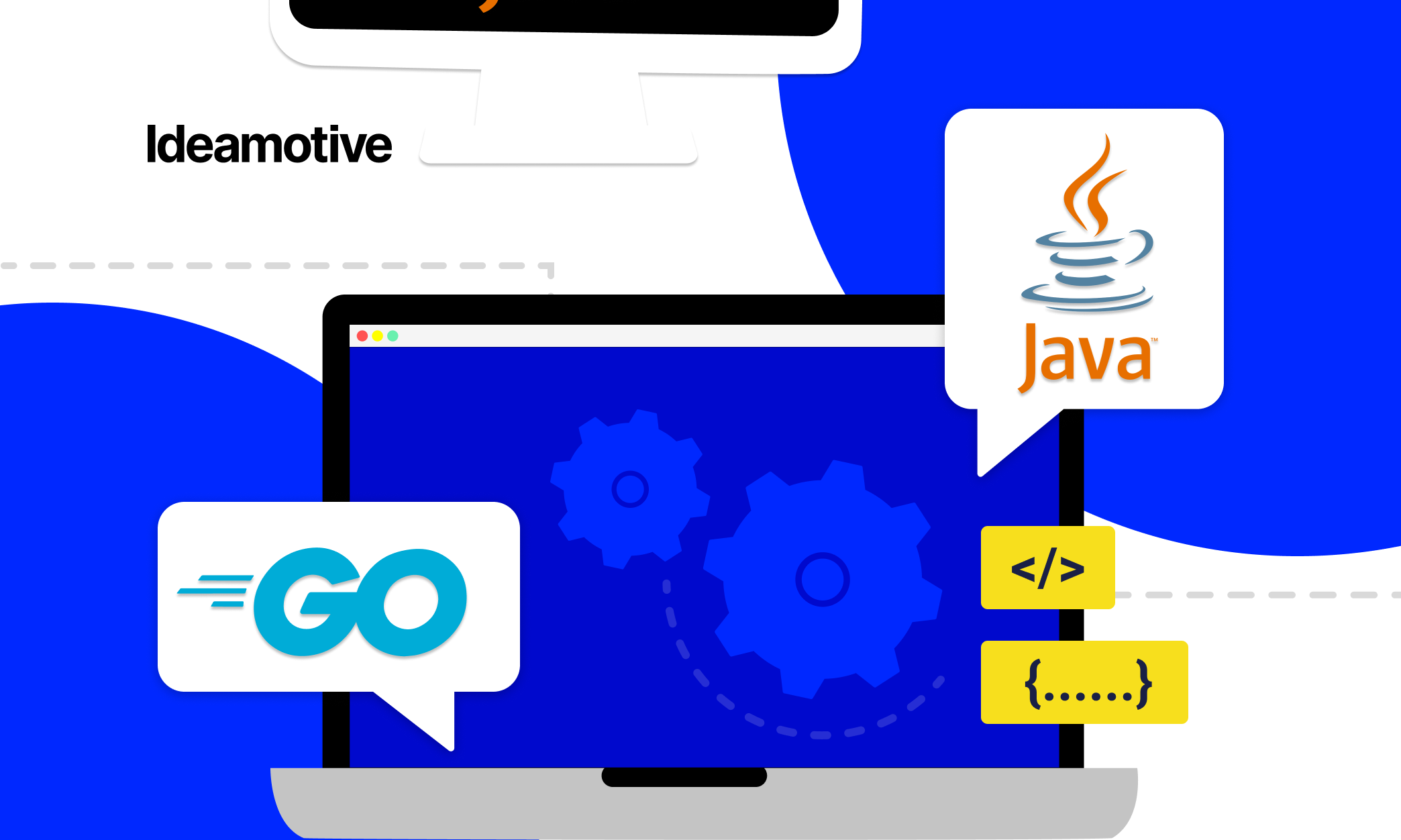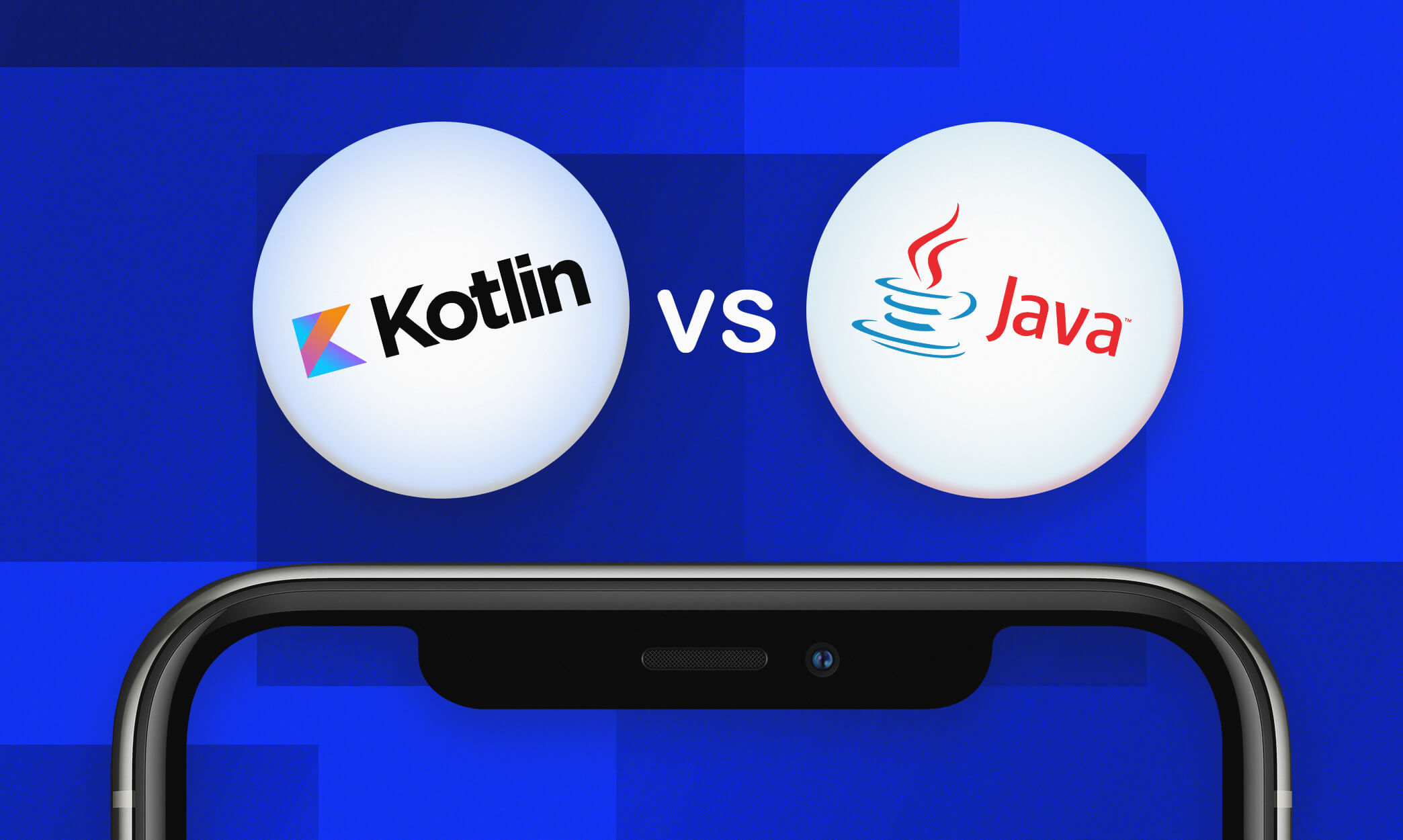If you’re a developer looking to build applications faster with greater flexibility, reduce time to market, and scale quickly, then you need to check out Javalin — a lightweight web framework that has been gaining popularity and praise from many Java developers.
If you’re new to Java or if you’re not familiar with lightweight web frameworks for Java, then you’re probably here because you want to know what is Javalin and if it’s the right framework for you. After all, choosing the right web framework for your Java project is an important decision that can significantly impact its success.
With the right web framework, you can ensure your project is built on a secure and reliable platform while taking advantage of scalability and extensibility features. However, the wrong web framework could result in performance issues and other problems, ultimately leading to project delays or failure.
In this article, we will dive into what Javalin can offer and how it compares to other popular Java frameworks to help you determine if it best meets your needs.
What is Javalin?
Javalin is an open-source web framework for Java and Kotlin. Their main goal is simplicity and developer productivity. This goal is perhaps evident in the name itself, a pun to the word “javelin”, a lightweight weapon that is simple and fast to deploy.
The first version of the Javalin framework started as a fork of the Spark Framework, another Java and Kotlin web framework. The project evolved quickly into a ground-up rewrite influenced by koa.js.
Let’s look at how Javalin enables you to build high-performance web applications more easily and faster than other popular Java web frameworks.
1. Simple
Javalin simplifies the development process by providing a set of features essential for modern web applications while still providing enough features to build complex applications.
With Javalin, there are very few concepts to learn. In contrast, other Java and Kotlin web frameworks like Spring have many concepts and abstractions that developers need to master to use the framework.
Since Javalin avoids using inheritance and interfaces, there is no steep learning curve. Just by creating controllers and other components using simple Java or Kotlin functions, developers can quickly get up and running a robust web application without worrying about extending base classes and rarely needing to implement interfaces.
To demonstrate its simplicity, here’s an example of “HelloWorld” using just four lines and an import statement:
Java
import io.javalin.Javalin;
public class HelloWorld {
public static void main(String[] args) {
var app = Javalin.create(/*config*/)
.get("/", ctx -> ctx.result("Hello World"))
.start(7070);
}
}
Kotlin
import io.javalin.Javalin
fun main() {
val app = Javalin.create(/*config*/)
.get("/") { ctx -> ctx.result("Hello World") }
.start(7070)
}
2. Lightweight
Unlike larger web frameworks like JavaServer Faces or Struts, Javelin is a lightweight web framework with just a few thousand lines of code on top of Jetty.
Despite its small size, Javelin’s performance is equivalent to raw Jetty code, which means it can still deliver equal or better performance than larger frameworks without the larger overhead.
Its minimalist approach makes it an attractive option for the developer who wants a simpler way to build web applications and APIs without sacrificing performance or scalability.
Another advantage of Javalin’s small size is that it’s easy to reason about the source code and understand how the framework works. This makes maintenance, such as debugging and troubleshooting issues, much easier and faster.
3. Interoperable
Many Java web frameworks offer separate versions for Java and Kotlin. For example, there is Spring Framework for Java and Spring Kotlin, while the asynchronous framework Ktor provides separate APIs for each language.
If you’re using these frameworks to work on a project that uses both Java and Kotlin, you’ll need to learn and use different APIs and libraries for each language. This barrier to interoperability makes it more difficult to maintain the codebase and slows development.
Javelin removes these barriers because it was designed with interoperability in mind. It provides a consistent API that works the same way in Java and Kotlin, so you can use the same API and libraries regardless of which language you’re using.
To demonstrate Javalin’s interoperability, here’s a demonstration of handler groups in Java and Kotlin.
Java
app.routes(() -> {
path("users", () -> {
get(UserController::getAllUsers);
post(UserController::createUser);
path("{id}", () -> {
get(UserController::getUser);
patch(UserController::updateUser);
delete(UserController::deleteUser);
});
ws("events", UserController::webSocketEvents);
});
});
Kotlin
app.routes {
path("users") {
get(UserController::getAllUsers)
post(UserController::createUser)
path("{id}") {
get(UserController::getUser)
patch(UserController::updateUser)
delete(UserController::deleteUser)
}
ws("events", UserController::webSocketEvents)
}
}
4. Flexible
Part of Javalin’s flexibility comes from being designed to be simple and blocking programming. In a blocking programming model, each request is handled synchronously, processing until a response is generated before moving on to the next request. This model is often favoured because it is easy to understand and reason about.
However, in some cases, blocking programming may not be the most efficient. For example, if you have a long-running operation that could potentially block the server for a significant amount of time, it may be better to handle that operation asynchronously.
So, to provide flexibility, Javalin also supports blocking and asynchronous programming while making it simple and intuitive to switch between the two modes, unlike other web frameworks such as Spring and Play, which require additional configuration and setup.
5. Educational
Are you an educator in the developer niche? Whether you’re teaching introductory web programming or more advanced topics, you’ll be glad that Javalin is well suited for programming courses with its ability to easily deploy demos or prototypes.
When using traditional application web servers like Glassfish or Tomcat to teach web development, you would need to put a lot of effort into setting up and configuring web servers for each student.
As a lightweight web framework, Javalin is different. Since Javalin runs on an embedded Jetty server, you only need to add the dependency and write a single line of code to create and start a server.
When you’re spared from spending time on the intricacies of the framework itself, you’ll have more time to focus on what matters — teaching students about HTTP and programming.
6. OpenAPI
Some developers may prefer more heavyweight web frameworks because many lightweight ones do not have built-in support for OpenAPI. However, Javalin does.
Developers wanting the benefits of a lightweight framework and the documentation to build and document RESTful APIs can get the best of both worlds with Javalin. By supporting tools like Swagger UI and ReDoc, you can easily generate API documentation with Javalin and streamline the API development process.
Why Javalin is the future of Java web development
Javalin’s first release was on January 5, 2017, and the latest Javalin 5.0 stable was released on October 1, 2022. In the latest release statement, Javalin announced they had had three million downloads within 12 months.
Despite being a relatively late entry, these numbers indicate that Javalin is favoured by many developers and is well-positioned as the future of Java web development.
To get an insider’s point of view on Javalin’s advantage, let’s dive into this GitHub thread to see what other developers say about its speed, simplicity, and scalability.
“With libraries like Javalin, you're closer to the web server, and you're free to manage it on your own at many levels. Obviously, by the fact it's not introducing that [many] abstraction layers, tools and magic, it's also just lightweight (fast & small) and quite simple to learn. I'd say it's enough for most web apps, and it's way more user-friendly during the development process.” ~ dzikoysk
“From my professional experience as a DevOps engineer, I use Javalin for internal tools - so having code that can be patched in by someone with a less extensive coding background or a different coding background (such as Express, Laravel, falcon, etc.) in my team is a huge plus to me. JavalinVue is also a big plus for me since most people with simple HTML and JS knowledge can get productive pretty fast, TBH.” ~ TareqK
“In my experience, when projects get larger, the use of microframework like Javalin makes it easier. At some point, you will face an opinionated implementation in Spring [that] will cost [an] enormous time to either figure out or to implement because you have to go through layers and layers of abstraction.” ~ adhesivee
Using Javalin for building scalable web applications
Here is a summary of Javalin’s key features and how they can be used to build scalable web applications:
1. Routing
- Easy-to-use routing system.
- Define handlers for different HTTP methods and URLs.
- Easy to create RESTful APIs and other web services.
2. Middleware
- Supports functions that can modify the request or response before the route handler handles them.
- Simple-to-use middleware for tasks such as authentication, logging, and error handling.
3. WebSockets
- Protocol for bidirectional communication between a client and server.
- Applied to real-time applications such as chat rooms, games, and collaborative tools.
4. Server-Sent Events
- A simpler alternative to WebSockets for server-to-client communication.
- Can be used for tasks like updating a web page with new data without the user having to refresh the page manually.
5. OpenAPI3
- Supports building and documenting RESTful APIs.
- Easily generate client libraries, documentation, and test cases for their APIs.
With the ability to build web apps on a fast, lightweight, unopinionated framework that creates tiny executables, it’s no surprise that Javalin has gained popularity over other more complex Java web frameworks.
A few notable companies using Javalin to develop their web applications include:
- Microsoft
- Red Hat
- Uber
- Telenor
- Revolut
- C6Bank
- Nordstrom
- Deutsche Kreditbank AG (DKB)
Hiring Java developers: Why skills in Javalin is a must-have
If you’re a company providing web applications as part of your products and services, developing your web apps on Javalin can give you a competitive edge. Here’s why.
Javalin’s ability to shorten development time means that you get your web app out to market faster. Since maintenance tasks are also easier on Javalin, you can provide a better service with less downtime and faster updates, increasing customer satisfaction and retention.
You can also rest assured that the fast-growing Javalin community only means that the framework will continue to evolve and improve. Thus, having a Java developer with Javalin experience on your team can be extremely valuable.
Here are some tips on what to look for when hiring developers with Javalin experience:
- Experience with lightweight frameworks
- Knowledge of Java and Kotlin
- Understanding of HTTP and Web APIs
- Familiarity with OpenAPI
- Experience with synchronous and asynchronous programming.
The easiest way to expand your team with qualified Javalin developers is through Ideamotive’s staff augmentation services.
With experience helping numerous startups, scale-ups, and enterprises build their teams, we make finding exceptional Java talent swift and smooth. Our thorough screening and recruitment process ensures only the best Java developers are added to our talent pool, making your search for top-quality Javalin developers hassle-free.
Getting started with Javalin
If you’re a Java developer looking to give yourself a competitive edge in the job market by developing your skills in Javalin, here’s a list of high-quality Javalin resources and tutorials to get you started:
- Javalin documentation: Get the documentation for the latest version of Javalin as well as documentation for previous versions.
- Javalin tutorials: Dip your toes into Javalin with easy-to-follow official tutorials focusing on one core concept at a time.
- Javalin community: Join the fast-growing Javalin community to ask for help, discuss Javalin, make feature requests, report bugs, and more.
Conclusion
Javalin’s speed, simplicity, and scalability make it appealing to developers who want to easily build high-performance web applications while reducing maintenance and scalability issues over time.
Companies, too, will benefit from having talent with Javalin experience on their team to build their web development projects faster and reduce time to market.
Check out the official Javalin site here to get started with Javalin as a developer, or contact us here if you’re looking to augment your staff with qualified Javalin talent.









